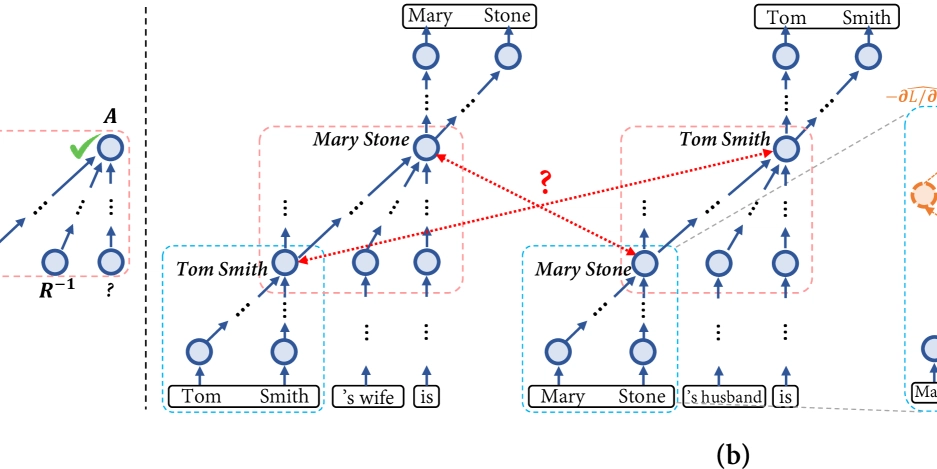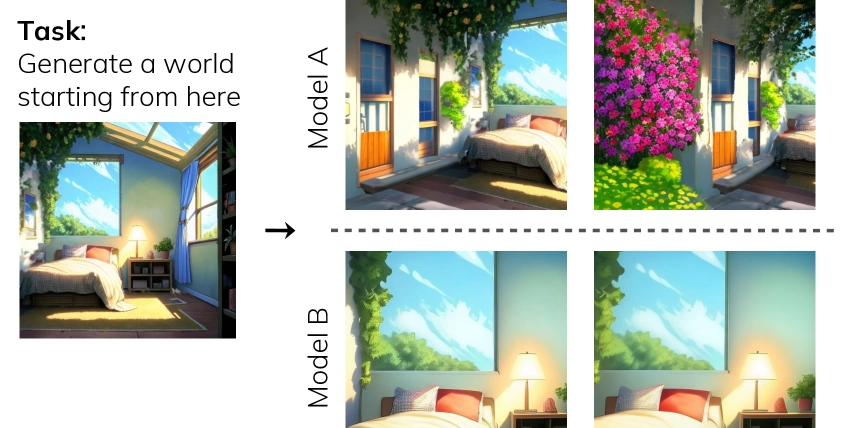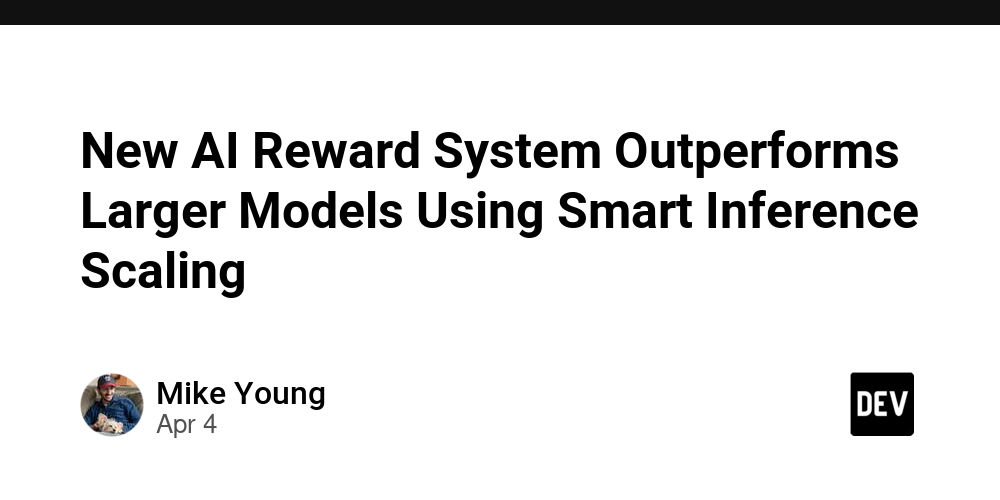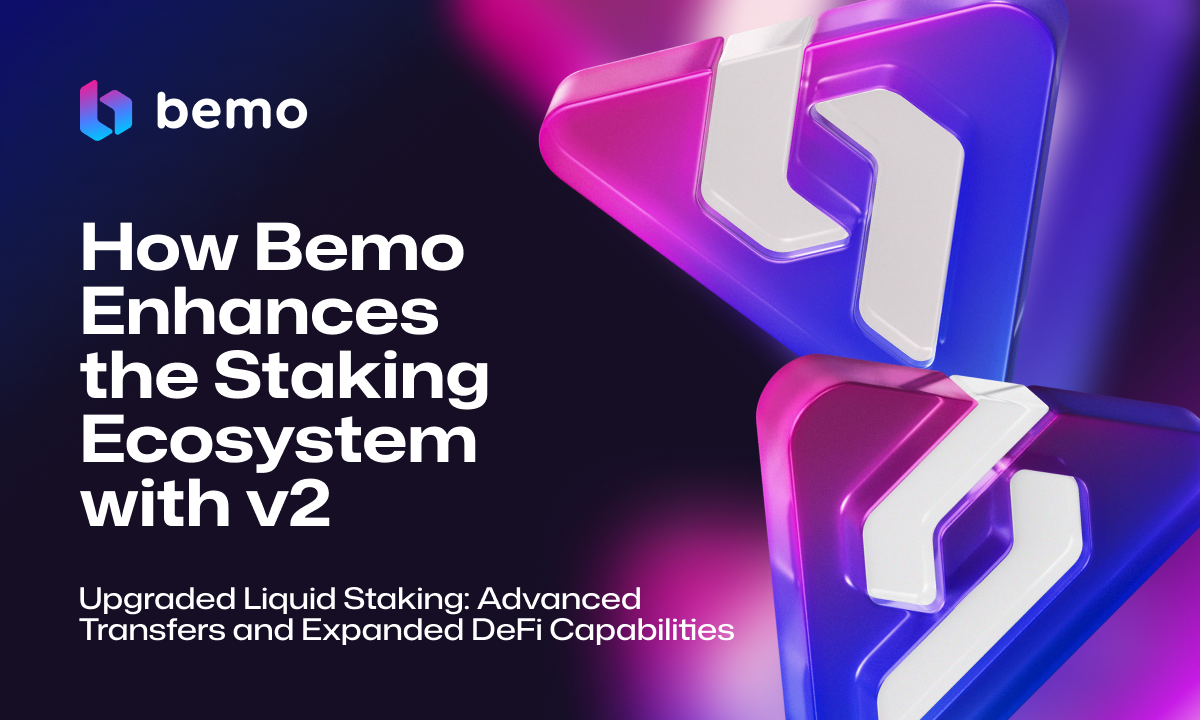The Ultimate Guide for First-Time SaaS Founders: Build Smart, Scale Fast
What is SaaS? SaaS (Software as a Service) is a cloud-based model where users access software via the internet—no installation required. Unlike traditional software models that require licenses, setups, and manual updates, SaaS apps are: Hosted on cloud infrastructure (e.g., AWS, Azure) Billed via recurring subscriptions Continuously updated and maintained by the provider Popular examples? Think of tools you probably use every day: Slack for communication Notion for documentation Figma for design Zoom for meetings For startups, this model reduces infrastructure overhead and makes product distribution effortless. Users can access your app from anywhere, anytime—with zero friction. Why is SaaS a Game-Changer for Startups? Here’s why SaaS is the darling of the startup world: Lower Entry Barrier You don’t need huge capital to build a SaaS app today. With frameworks like React and Firebase, or no-code platforms like Bubble, you can launch MVPs fast. Predictable Revenue Most SaaS products follow a subscription-based pricing model—monthly or annually. This means predictable, recurring revenue that makes financial forecasting and growth planning easier. Global Scalability Your SaaS app can be used across the world from day one. No physical products. No shipping. No customs. Just pure cloud. Built-In Growth Loops Features like referrals, user invitations, or integrations can fuel exponential user acquisition when designed correctly. SaaS isn’t just a business model. It’s a growth engine—if executed well. Finding the Right SaaS App Development Company Unless you're a solo full-stack dev, you’ll likely need help turning your idea into a real, usable product. Here’s how to choose the right dev partner: What to Look For: SaaS experience: Have they built apps with user logins, billing systems, admin dashboards, etc.? Tech fluency: Are they comfortable with cloud platforms like AWS, GCP, or Azure? Design thinking: Do they prioritize UX/UI and understand SaaS usability patterns? Agile methodology: Can they iterate and release quickly with your feedback loop? Red Flags: Teams who push flashy features over solving user problems Poor communication or unclear timelines Lack of clarity on post-launch support and maintenance Pro tip: Don’t just ask about past work—ask how they handled product-market fit, scaling issues, or user feedback in previous projects. Understanding Your Target Audience for Your SaaS Product You’re not building for everyone. You’re building for a specific type of user with a specific problem. Understanding this early is critical. Define Your User Persona: Ask yourself: What problem are they facing right now? How are they solving it today (competitors or manual workflows)? What’s their job role, age, or tech savviness? Where do they spend time online? Use: Primary research: Interviews, surveys, polls Secondary research: Forums, Reddit threads, review sites, LinkedIn Speak Their Language: Your messaging and UI copy should resonate with how they describe their problems. Avoid jargon unless your audience is technical. Example: If you're building for freelance designers, hang out in Indie Hackers, Twitter/X, or Dribbble—not LinkedIn. Choosing the Right Technology Stack for Your SaaS App The stack you choose today can save (or cost) you money and performance headaches later. Here’s how to decide. Frontend Options: React: Highly scalable, tons of community support Vue.js: Lightweight and easy to adopt Next.js: SSR-friendly for SEO and performance Backend Choices: Node.js: Great for real-time features like chat Python/Django: Fast for MVPs with strong security Ruby on Rails: Convention-heavy, good for solo founders Database: MongoDB for flexible schema PostgreSQL for structured, relational data Firebase for real-time, serverless setups Cloud Hosting: AWS/GCP: Scalable and reliable Heroku/Vercel: Great for MVPs and fast deploys Don’t forget: Add HTTPS from Day 1 Use environment variables Secure user data (GDPR/CCPA/HIPAA if applicable) Pro tip: Stick to tech your team already knows unless there’s a compelling reason to explore new tools. Defining Your SaaS Business Model Your product can’t thrive without the right pricing and revenue strategy. A good model balances user affordability with long-term profitability. Common Pricing Models: Revenue Streams: Freemium → Paid Upgrade Add-ons like analytics or custom branding Affiliate/partner integrations Pro tip: Start with tiered or freemium pricing, and evolve based on user behavior and conversion data. Join SaaS Communities for Networking and Inspiration Building a startup can get lonely. SaaS communities provide: Feedback loops for product decisions Validation for your idea or pricing Insights on growth and funding Top Communities: Indie Hackers SaaS Founders Slack Product Hunt Discussions SaaStock and MicroConf Events These networks often l

What is SaaS?
SaaS (Software as a Service) is a cloud-based model where users access software via the internet—no installation required. Unlike traditional software models that require licenses, setups, and manual updates, SaaS apps are:
- Hosted on cloud infrastructure (e.g., AWS, Azure)
- Billed via recurring subscriptions
- Continuously updated and maintained by the provider
- Popular examples? Think of tools you probably use every day:
- Slack for communication
- Notion for documentation
- Figma for design
- Zoom for meetings
For startups, this model reduces infrastructure overhead and makes product distribution effortless. Users can access your app from anywhere, anytime—with zero friction.
Why is SaaS a Game-Changer for Startups?
Here’s why SaaS is the darling of the startup world:
Lower Entry Barrier
You don’t need huge capital to build a SaaS app today. With frameworks like React and Firebase, or no-code platforms like Bubble, you can launch MVPs fast.Predictable Revenue
Most SaaS products follow a subscription-based pricing model—monthly or annually. This means predictable, recurring revenue that makes financial forecasting and growth planning easier.Global Scalability
Your SaaS app can be used across the world from day one. No physical products. No shipping. No customs. Just pure cloud.Built-In Growth Loops
Features like referrals, user invitations, or integrations can fuel exponential user acquisition when designed correctly.
SaaS isn’t just a business model. It’s a growth engine—if executed well.
Finding the Right SaaS App Development Company
Unless you're a solo full-stack dev, you’ll likely need help turning your idea into a real, usable product. Here’s how to choose the right dev partner:
What to Look For:
SaaS experience: Have they built apps with user logins, billing systems, admin dashboards, etc.?
Tech fluency: Are they comfortable with cloud platforms like AWS, GCP, or Azure?
Design thinking: Do they prioritize UX/UI and understand SaaS usability patterns?
Agile methodology: Can they iterate and release quickly with your feedback loop?
Red Flags:
- Teams who push flashy features over solving user problems
- Poor communication or unclear timelines
- Lack of clarity on post-launch support and maintenance
Pro tip: Don’t just ask about past work—ask how they handled product-market fit, scaling issues, or user feedback in previous projects.
Understanding Your Target Audience for Your SaaS Product
You’re not building for everyone. You’re building for a specific type of user with a specific problem. Understanding this early is critical.
Define Your User Persona:
Ask yourself:
- What problem are they facing right now?
- How are they solving it today (competitors or manual workflows)?
- What’s their job role, age, or tech savviness?
- Where do they spend time online?
Use:
- Primary research: Interviews, surveys, polls
- Secondary research: Forums, Reddit threads, review sites, LinkedIn
Speak Their Language:
Your messaging and UI copy should resonate with how they describe their problems. Avoid jargon unless your audience is technical.
Example: If you're building for freelance designers, hang out in Indie Hackers, Twitter/X, or Dribbble—not LinkedIn.
Choosing the Right Technology Stack for Your SaaS App
The stack you choose today can save (or cost) you money and performance headaches later. Here’s how to decide.
Frontend Options:
- React: Highly scalable, tons of community support
- Vue.js: Lightweight and easy to adopt
- Next.js: SSR-friendly for SEO and performance
Backend Choices:
- Node.js: Great for real-time features like chat
- Python/Django: Fast for MVPs with strong security
- Ruby on Rails: Convention-heavy, good for solo founders
Database:
- MongoDB for flexible schema
- PostgreSQL for structured, relational data
- Firebase for real-time, serverless setups
Cloud Hosting:
- AWS/GCP: Scalable and reliable
- Heroku/Vercel: Great for MVPs and fast deploys
Don’t forget:
- Add HTTPS from Day 1
- Use environment variables
- Secure user data (GDPR/CCPA/HIPAA if applicable)
Pro tip: Stick to tech your team already knows unless there’s a compelling reason to explore new tools.
Defining Your SaaS Business Model
Your product can’t thrive without the right pricing and revenue strategy. A good model balances user affordability with long-term profitability.
Common Pricing Models:
Revenue Streams:
- Freemium → Paid Upgrade
- Add-ons like analytics or custom branding
- Affiliate/partner integrations
Pro tip: Start with tiered or freemium pricing, and evolve based on user behavior and conversion data.
Join SaaS Communities for Networking and Inspiration
Building a startup can get lonely. SaaS communities provide:
- Feedback loops for product decisions
- Validation for your idea or pricing
- Insights on growth and funding
Top Communities:
- Indie Hackers
- SaaS Founders Slack
- Product Hunt Discussions
- SaaStock and MicroConf Events
These networks often lead to:
- Partnerships
- Investor intros
- Early users
Valuable lessons from founders who’ve been there
“Your network is your net worth.” — Still true in SaaS.
Common Mistakes First-time SaaS Founders Should Avoid
Even great ideas can flop without execution. Here are frequent founder mistakes to avoid:
❌ No MVP Testing
Building a full product before validating with real users is a recipe for failure. Launch small, iterate fast.
❌ Overengineering
You don’t need every feature. Focus on your product’s core promise. Everything else can wait.
❌ Poor Targeting
If you’re not clear on your ideal customer, marketing will be ineffective and sales will feel like guesswork.
❌ Confusing Pricing
Too many options or unclear value props can stall conversions. Keep it simple.
❌ Underestimating Marketing
“Build it and they will come” doesn’t work. Start content, SEO, or social outreach before you launch.
❌ Weak Support
Support is part of the product. Quick replies = happier users = higher retention.
Conclusion
Starting a SaaS business can feel overwhelming, but with the right knowledge and steps, it’s totally doable—even for first-time founders.
There’s no better time to start building. The tools are ready. The market is growing. The only missing piece? You.
Got a SaaS idea you're working on?
If you're a founder with a brilliant SaaS idea but need the right technical firepower to bring it to life, RaftLabs has your back. With deep experience in building scalable web, mobile, and AI-powered SaaS products, RaftLabs specializes in taking your vision from concept to launch. Whether you're in healthcare, media, education, or a niche B2B vertical, their team can help you choose the right tech stack, validate your product, build a robust MVP, and scale it with confidence. More than just developers, RaftLabs acts as your strategic partner—offering product insights, UI/UX expertise, cloud deployment, and ongoing support. Ready to build something great? Book a free consultation and let’s get started.
Originally Posted on https://www.raftlabs.com/










































































































































































![[The AI Show Episode 142]: ChatGPT’s New Image Generator, Studio Ghibli Craze and Backlash, Gemini 2.5, OpenAI Academy, 4o Updates, Vibe Marketing & xAI Acquires X](https://www.marketingaiinstitute.com/hubfs/ep%20142%20cover.png)














































































































































































































































.jpg?#)















































































































































![YouTube Announces New Creation Tools for Shorts [Video]](https://www.iclarified.com/images/news/96923/96923/96923-640.jpg)

![Apple Faces New Tariffs but Has Options to Soften the Blow [Kuo]](https://www.iclarified.com/images/news/96921/96921/96921-640.jpg)

































































































































